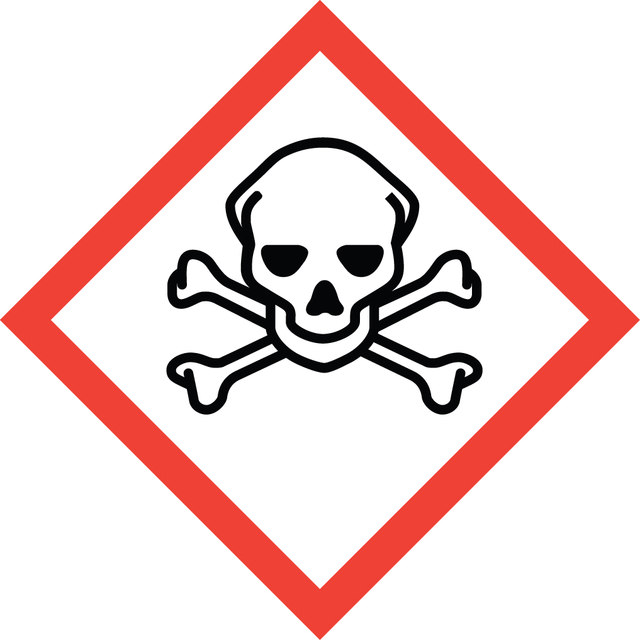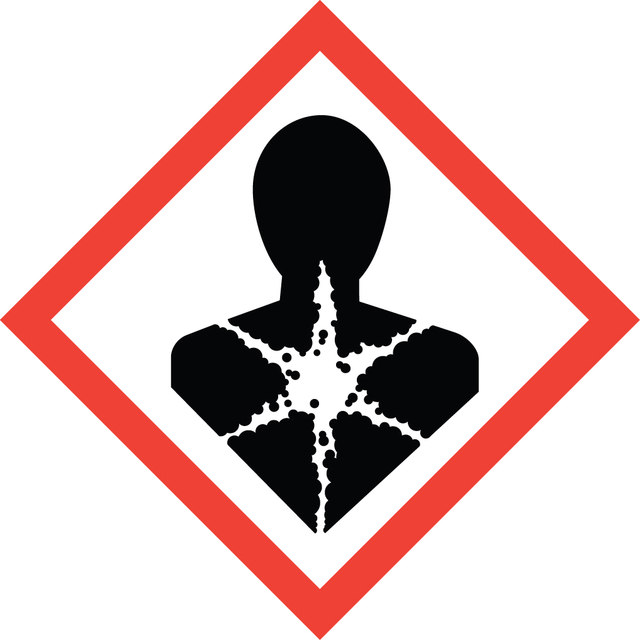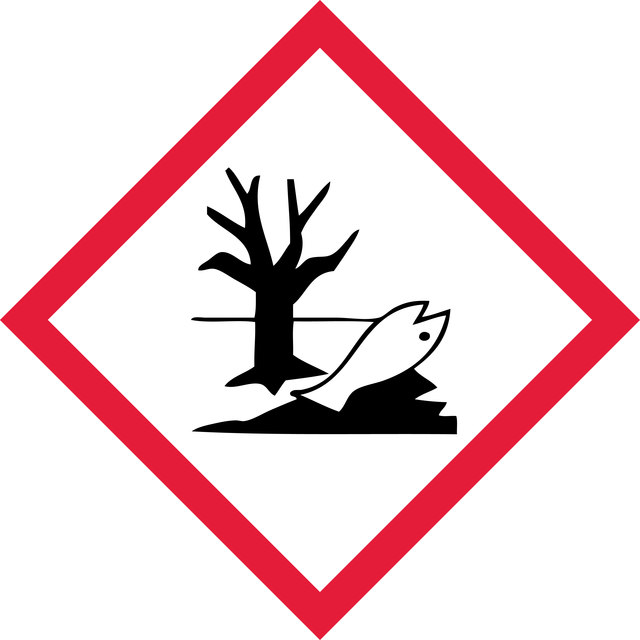Select a Size
About This Item
biological source
synthetic (inorganic)
Quality Level
product line
ReagentPlus®
Assay
≥99.5%
form
powder
storage condition
(Tightly closed. Dry. Keep in a well-ventilated place. Do not store near acids.)
technique(s)
cell based assay: suitable
immunohistochemistry: suitable
color
white
mp
370-425 °C
solubility
soluble 65 g/L at 20 °C (completely)
suitability
suitable for chromatography
suitable for derivatization
application(s)
sample preparation
SMILES string
[Na]N=[N+]=[N-]
InChI
1S/N3.Na/c1-3-2;/q-1;+1
InChI key
PXIPVTKHYLBLMZ-UHFFFAOYSA-N
Looking for similar products? Visit Product Comparison Guide
Related Categories
General description
Application
Catalyst for:
- Oxidative decarboxylation
- Michael addition reactions
Reagent for synthesis of
- Blue fluorescent copolymers
- Metal phosphonates
- Arenes via aminations
Biochem/physiol Actions
Other Notes
Legal Information
Signal Word
Danger
Hazard Statements
Precautionary Statements
Hazard Classifications
Acute Tox. 1 Dermal - Acute Tox. 2 Inhalation - Acute Tox. 2 Oral - Aquatic Acute 1 - Aquatic Chronic 1 - STOT RE 2 Oral
Target Organs
Brain
Supplementary Hazards
Storage Class Code
6.1A - Combustible acute toxic Cat. 1 and 2 / very toxic hazardous materials
WGK
WGK 2
Flash Point(F)
Not applicable
Flash Point(C)
Not applicable
Regulatory Information
Choose from one of the most recent versions:
Already Own This Product?
Find documentation for the products that you have recently purchased in the Document Library.
What concentrations of Product S2002, Sodium azide, are used as a preservative?
Typical concentrations for use are from 0.02 % to 0.1 %.
How can I determine the concentration of sodium azide in solution?
Sodium azide forms a 3,5-dinitrobenzoyl derivative that can be quantified by liquid chromatography. This method is reported in the Journal of Chromatography, 5, 597 (1982).
Are there any hazards associated with the disposal of Product S2002, Sodium azide?
Sodium azide can form metal azides. If you have metal pipes for your plumbing, you should not dispose of solutions down them.
How stable are solutions of Product S2002, Sodium azide?
At a neutral pH sodium azide solutions are fairly stable. Under acidic conditions it is converted to hydrazoic acid, a volatile gas.
How does Product S2002, Sodium azide, inhibit certain metalloenzymes?
The mechanism of sodium azide inhibition may be due to metal ion complexation and displacement from the enzyme.
Which document(s) contains shelf-life or expiration date information for a given product?
If available for a given product, the recommended re-test date or the expiration date can be found on the Certificate of Analysis.
How do I get lot-specific information or a Certificate of Analysis?
The lot specific COA document can be found by entering the lot number above under the "Documents" section.
How do I find price and availability?
There are several ways to find pricing and availability for our products. Once you log onto our website, you will find the price and availability displayed on the product detail page. You can contact any of our Customer Sales and Service offices to receive a quote. USA customers: 1-800-325-3010 or view local office numbers.
What is the Department of Transportation shipping information for this product?
Transportation information can be found in Section 14 of the product's (M)SDS.To access the shipping information for this material, use the link on the product detail page for the product.
My question is not addressed here, how can I contact Technical Service for assistance?
Ask a Scientist here.
Protocols
Detailed ELISA protocols cover indirect and capture ELISA techniques, recommending products for sandwich and indirect ELISA experiments.
Antibody purification protocols yield preparations containing endogenous IgG alongside specific antibodies.
ELISA实验方案提供了进行间接ELISA和捕获ELISA的详细说明。了解进行夹心式ELISA和间接ELISA实验的推荐产品和技术信息。
Our team of scientists has experience in all areas of research including Life Science, Material Science, Chemical Synthesis, Chromatography, Analytical and many others.
Contact Technical Service

